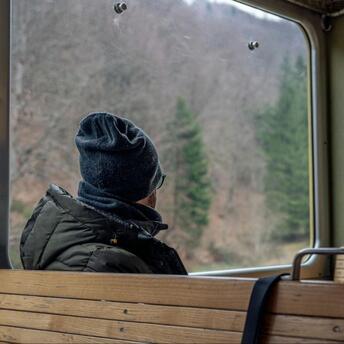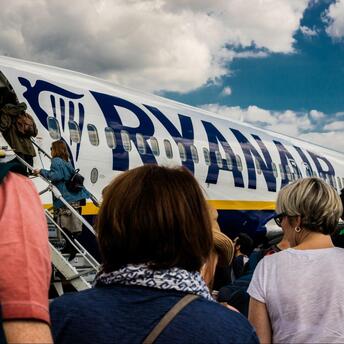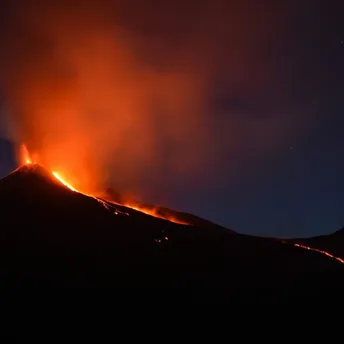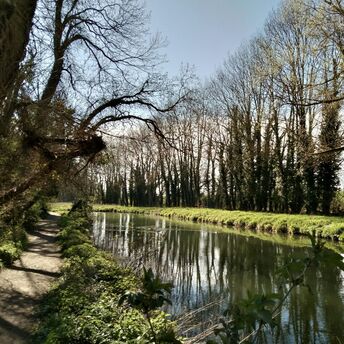Exploring Indigenous Tourism in the United States: Authentic Cultural Journeys
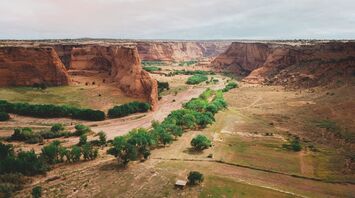
The United States offers travelers a unique opportunity to engage with its rich Indigenous heritage through immersive tourism experiences. These journeys, led by Native American communities, provide authentic insights into their traditions, histories, and connections to the land.
1. Monument Valley Navajo Tribal Park, Arizona
Monument Valley's iconic sandstone formations have been featured in numerous films and photographs. Visitors can explore this sacred landscape through guided tours led by Navajo guides, who share stories and cultural significance of the area. Options include jeep tours, horseback rides, and overnight stays in traditional hogans.
2. Taos Pueblo, New Mexico
Recognized as a UNESCO World Heritage Site, Taos Pueblo is one of the oldest continuously inhabited communities in the United States. Visitors can tour the multi-storied adobe structures and learn about the Taos people's history and culture. The pueblo hosts annual events, such as the San Geronimo Feast Day, offering deeper cultural immersion.
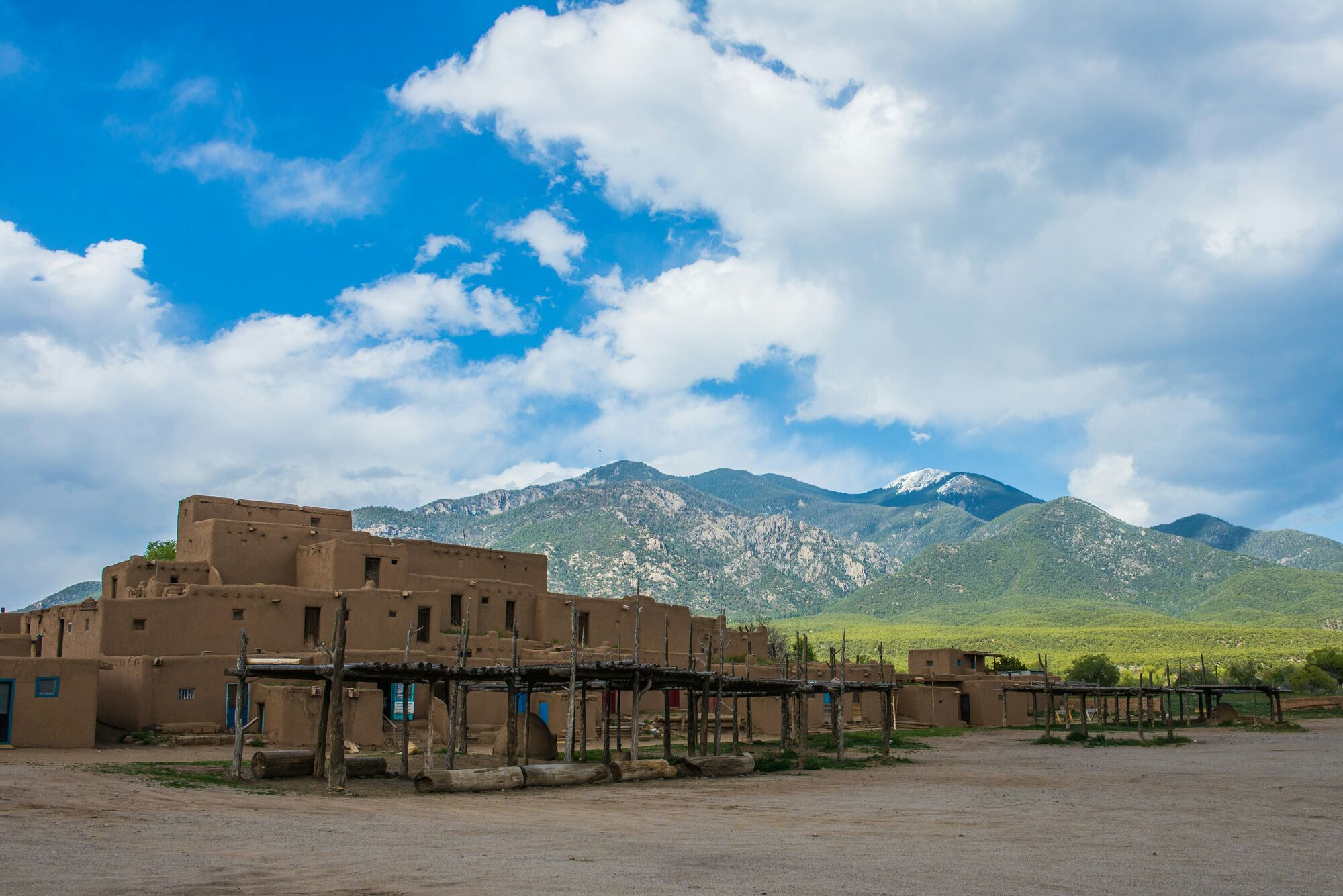
3. Red Cliff Band of Lake Superior Chippewa, Wisconsin
The Red Cliff Band offers cultural tours that include traditional fishing techniques, medicinal plant walks, and storytelling sessions. Visitors can also participate in workshops on crafting birchbark canoes and attend seasonal powwows that celebrate Ojibwe culture.
4. Cherokee Nation Cultural Tourism, Oklahoma
The Cherokee Nation provides a range of tours highlighting their history and heritage. The Cherokee National History Museum offers exhibits on the Trail of Tears and the tribe's resilience. Visitors can also explore reconstructed 18th-century villages and participate in traditional arts and crafts workshops.
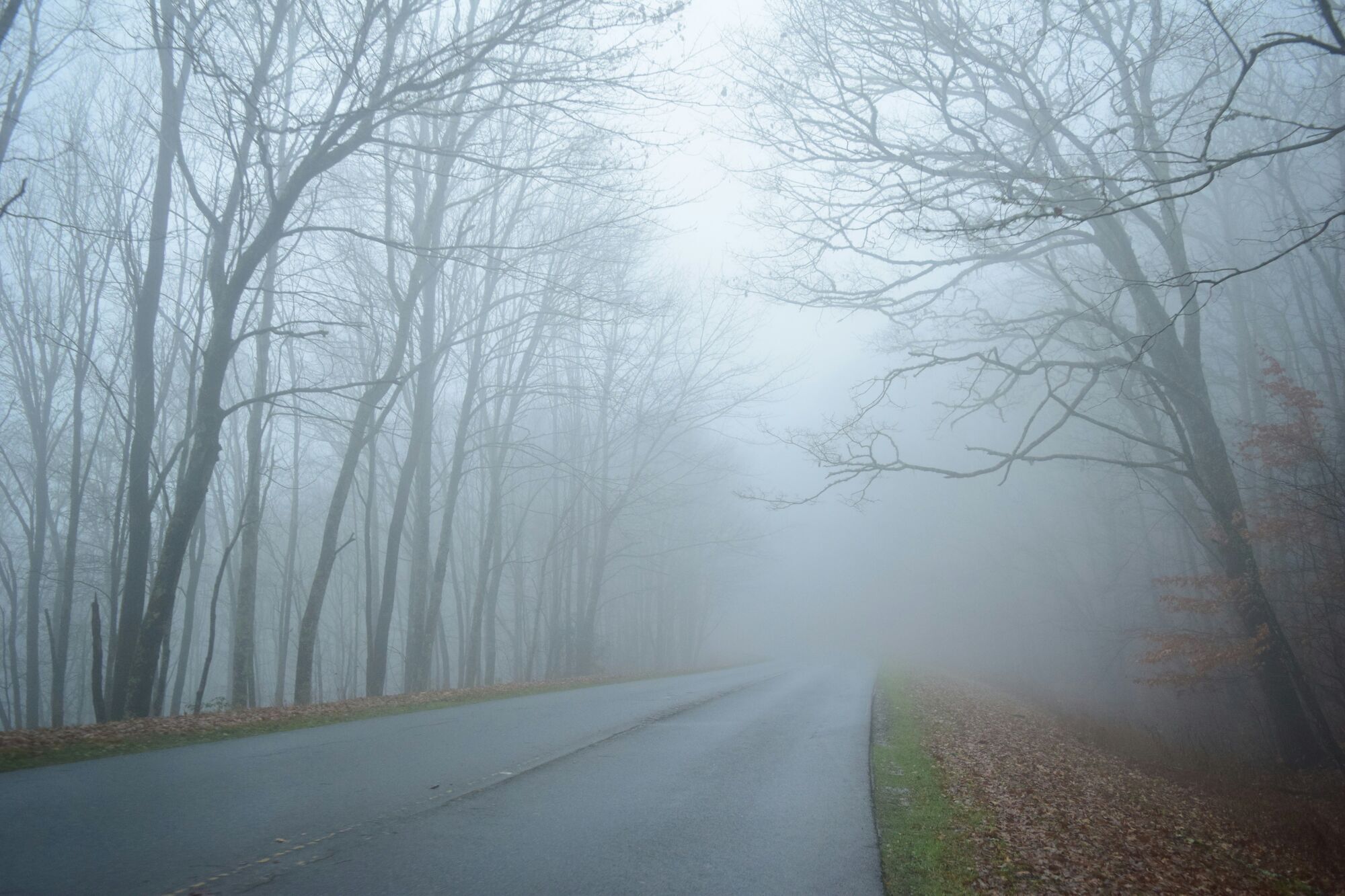
5. Alaska Native Heritage Center, Anchorage
This cultural center showcases the diverse cultures of Alaska's Indigenous peoples. Visitors can explore life-sized village sites representing various regions, watch traditional dance performances, and engage with artisans demonstrating crafts like ivory carving and beadwork.
6. Ocmulgee Mounds National Historical Park, Georgia
Home to over 12,000 years of continuous human habitation, this park offers insights into the Mississippian culture. Visitors can explore ancient earth mounds, participate in annual festivals featuring traditional music and crafts, and learn about the Muscogee (Creek) Nation's history.
7. Grand Canyon National Park, Arizona
Beyond its natural beauty, the Grand Canyon holds deep cultural significance for several Indigenous tribes. The recently established Baaj Nwaavjo I’tah Kukveni—Ancestral Footprints of the Grand Canyon National Monument—protects nearly a million acres of culturally significant landscapes. Visitors can explore these areas through guided tours that share Indigenous perspectives on the land's history and spiritual importance.
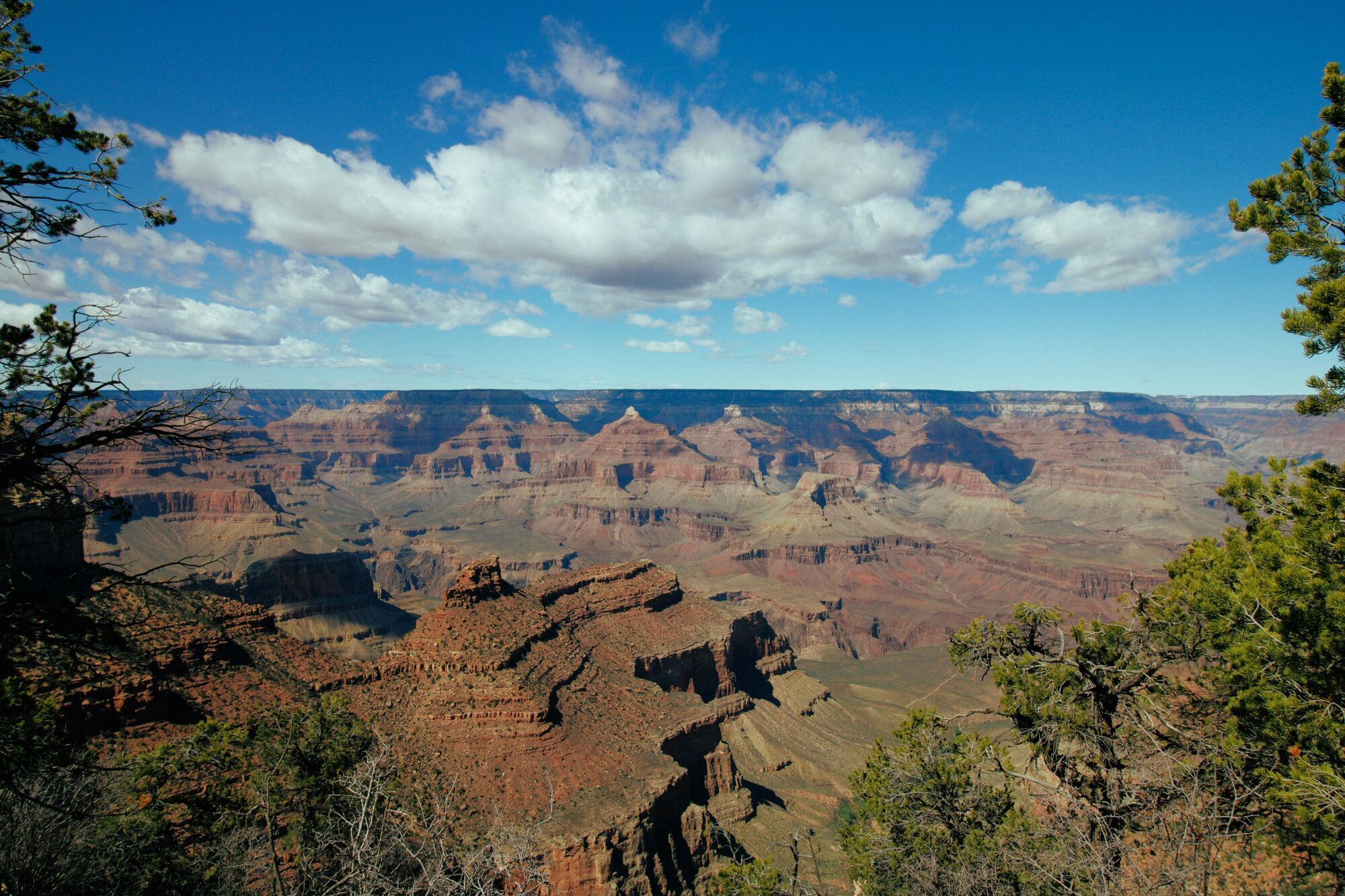
8. Gathering of Nations Powwow, Albuquerque, New Mexico
As one of the largest powwows in North America, this annual event brings together over 700 tribes to celebrate Indigenous culture through dance, music, and art. Visitors can experience traditional competitions, browse artisan markets, and taste Indigenous foods.
9. First Americans Museum, Oklahoma City, Oklahoma
This museum offers comprehensive exhibits on the 39 tribes in Oklahoma, providing insights into their histories, cultures, and contributions. Interactive displays, art installations, and cultural demonstrations offer an engaging experience for visitors.
10. Route 66 Indigenous Guide
The American Indian Alaska Native Tourism Association (AIANTA) has produced a free digital guide for travelers along Route 66, highlighting Indigenous cultures and attractions along the historic route. Highlights include Cahokia Mounds, a city of the Mississippian culture dating back to 700 CE, and ancient pueblo settlements in New Mexico.





